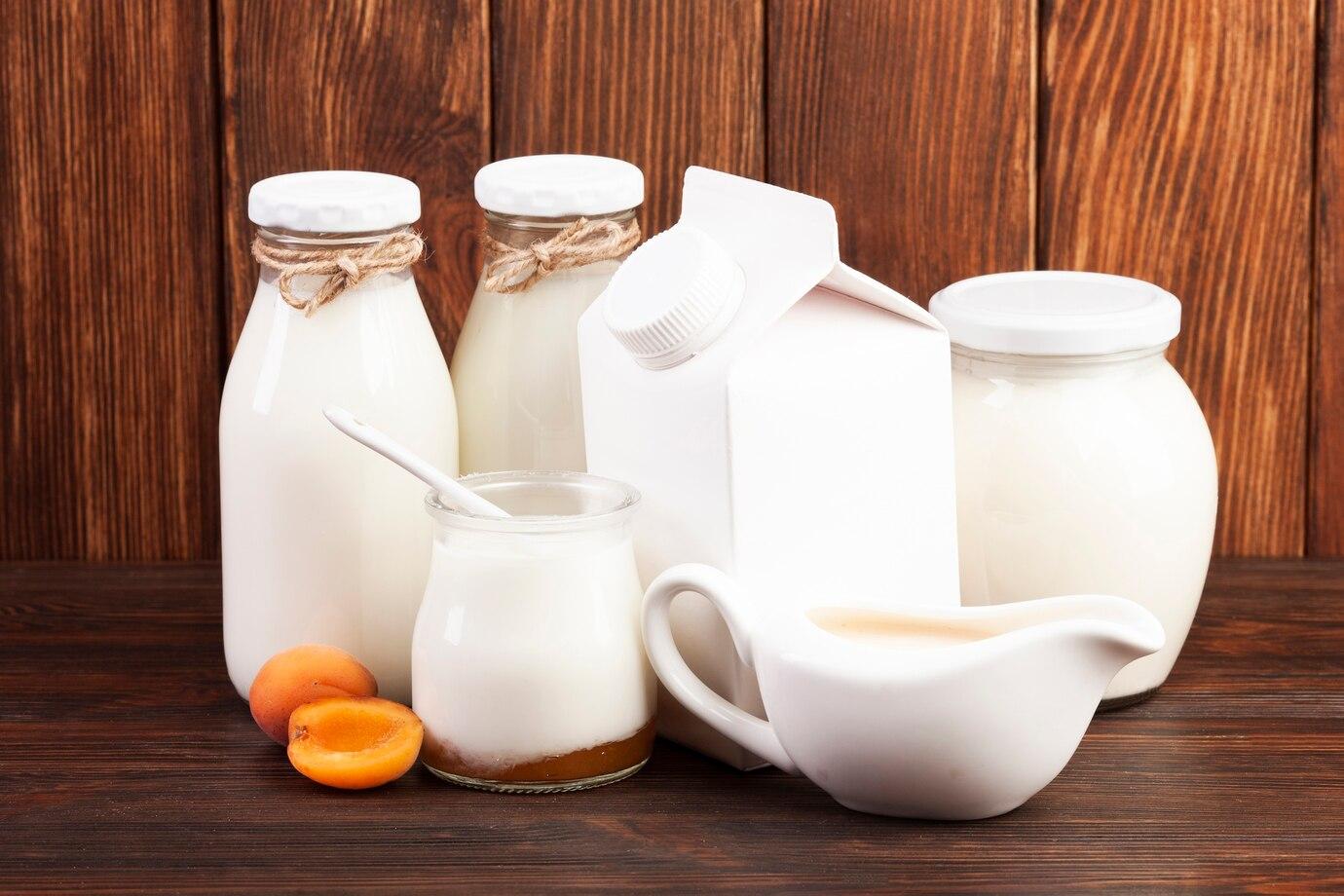A2 milk market gaining traction due to perceived health benefits over conventional A1 milk

The A2 milk market has witnessed significant growth in recent years, driven by increasing consumer awareness of digestive health, product innovation, and strategic expansion by key industry players. This analysis provides an overview of the current market landscape, including growth projections, regional dynamics, product segmentation, and emerging trends.
Market Overview
A2 milk, produced by cows that naturally produce milk containing only the A2 beta-casein protein, is perceived by some consumers as a healthier alternative to regular milk, which contains both A1 and A2 proteins. This perception has fueled market growth, with the global A2 milk market size valued at approximately USD 2.56 billion in 2024. Projections indicate that the market could surpass USD 7.62 billion by 2034, expanding at a compound annual growth rate (CAGR) of 11.5% from 2024 to 2034.
Regional Insights
Asia Pacific
Asia Pacific dominates the A2 milk market, accounting for over 50% of global revenue in 2024. This dominance is attributed to increasing health awareness, rising disposable incomes, and the prevalence of A2-producing cow breeds in countries like China and India. The region is expected to maintain its leading position, with a projected CAGR of 11.7% from 2024 to 2034.
North America and Europe
In North America and Europe, growing consumer awareness of digestive health and lactose intolerance has spurred demand for A2 milk. The emphasis on natural and organic products in these regions further supports market expansion.
Product Segmentation
The A2 milk market is segmented into liquid and powder forms. In 2024, the liquid segment led the market, accounting for a revenue share of 73.8%, due to its convenience and widespread consumption. The powder segment is anticipated to grow at the highest CAGR of 19.4% from 2025 to 2030, driven by its extended shelf life and versatility in various applications.
Packaging and Distribution Channels
Carton packaging has emerged as the preferred choice, accounting for 62.9% of the total market revenue in 2024, due to its safety, convenience, and environmental benefits. The distribution landscape is also evolving, with supermarkets and hypermarkets holding the largest revenue share of 51.6% in 2024. However, the online segment is expected to register the fastest growth during the forecast years, with a CAGR of 19.4% from 2025 to 2030, driven by the convenience of online shopping and increasing internet penetration.
Key Market Players
Several companies are at the forefront of the A2 milk market, contributing significantly to its growth. These include The A2 Milk Company, Nestlé S.A., Fonterra Co-operative Group, Danone S.A., Freedom Foods Group Ltd., China Mengniu Dairy Company, and Vinamilk.
Emerging Trends
Product Diversification
Manufacturers are diversifying their product portfolios to cater to varying consumer preferences. Beyond liquid milk, the market has seen the introduction of A2 milk-based yogurts, cheeses, infant formulas, and flavored milk. For instance, in October 2021, Hershey's and The A2 Milk Company collaborated to launch Hershey's A2 Milk's chocolate-flavored milk, exemplifying strategic partnerships aimed at product innovation.
Focus on Adult Nutrition
With declining birth rates and an aging population, particularly in countries like China, dairy producers are shifting focus toward adult and senior nutrition products. This demographic shift is influencing product development and marketing strategies.
Sustainability Initiatives
Leading dairy companies are focusing on sustainable farming practices to enhance the quality of A2 milk and ensure ethical sourcing. This includes investments in environmentally friendly packaging and supply chain transparency.
Challenges
Despite the positive trajectory, the A2 milk market faces several challenges:
-
Supply Constraints: The limited availability of A2-producing cow breeds restricts supply, potentially hindering market growth if demand continues to outpace production.
-
Higher Production Costs: Selective breeding and genetic testing to identify A2-producing cows incur additional costs, leading to higher retail prices that may deter price-sensitive consumers.
-
Market Competition: The A2 milk market is becoming increasingly competitive, with both established dairy companies and new entrants vying for market share. This competition necessitates continuous innovation and effective marketing strategies to maintain a competitive edge.
Conclusion
The A2 milk market is poised for continued growth, driven by health-conscious consumers, product innovations, and expanding global awareness. However, addressing challenges related to supply constraints, production costs, and market competition will be crucial for sustaining this growth. Companies that can navigate these challenges while aligning with emerging trends are well-positioned to capitalize on the opportunities within the A2 milk market.
- Art
- Causes
- Crafts
- Dance
- Drinks
- Film
- Fitness
- Food
- Games
- Gardening
- Health
- Home
- Literature
- Music
- Networking
- Other
- Party
- Religion
- Shopping
- Sports
- Theater
- Wellness


